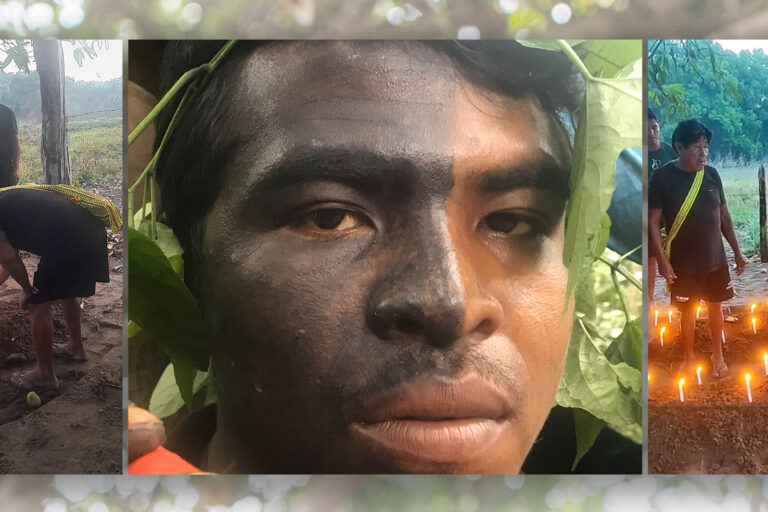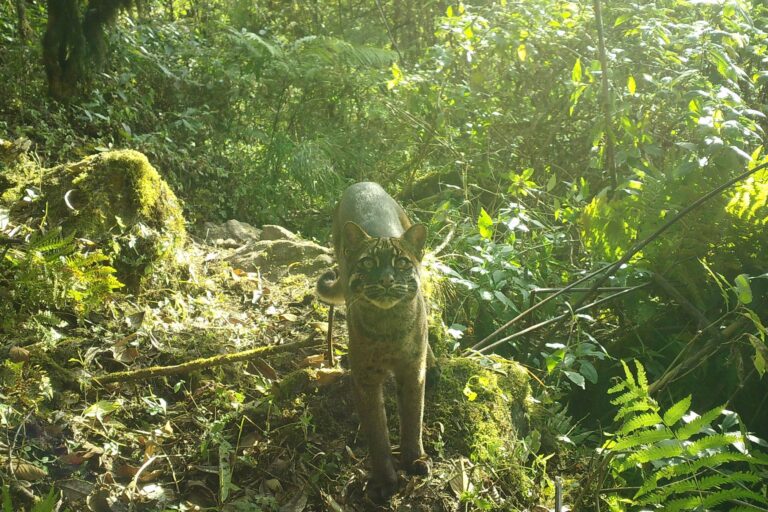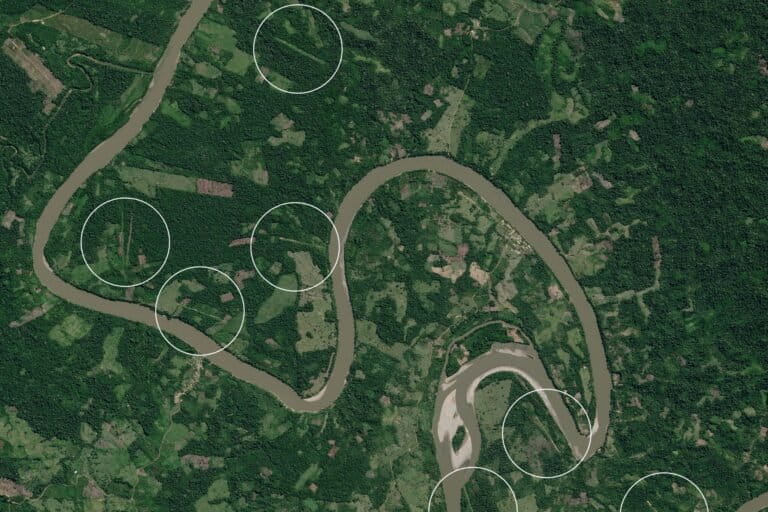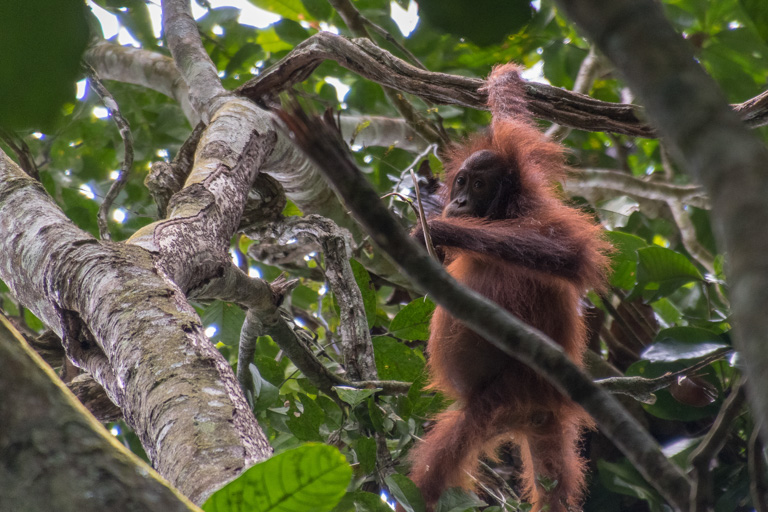- Though frequently visited by dignitaries and international visitors, Gullele is still relatively unknown to local residents.
- The garden is home to 780 plant species endemic to Ethiopia.
- Gullele’s management hopes to collaborate with institutions of higher education to plant and research vegetation in their natural environments.
ADDIS ABABA, Ethiopia – When Ethiopia’s first botanic garden was established six years ago, few Ethiopians knew of country’s flora heritage.
But with agro-ecological zones ranging from 125 meters below sea level to about 5,000 meters above sea level, the country boasts one of the richest flora heritages in Africa according to Birhanu Belay, research department coordinator at Gullele Botanic Garden (GBG).
The GBG is situated on 70 hectares of land along the northwest outskirts of Addis Ababa, a joint venture of Addis Ababa University (AAU) and the city of Addis Ababa. The garden is used for research, education, eco-tourism and conservation currently hosts 780 of the country’s estimated 6,500 plant species.
According to Belay, the primary aim behind establishing the garden was to save plants that have economic value, are endemic, have medicinal value or are endangered.
“Increasing population means expansion of agricultural land and shrinking forest coverage and establishing botanic gardens is one way to fight this challenge,” Belay said. He also noted that preserving native plants has an additional benefit of better soil conservation and health.
Not a replacement for natural vegetation
While Belay says GBG aims to be a hub for conservation, research, education and eco-tourism activity, he notes that it’s in no way a replacement for natural vegetation.
“We’re not only engaged in collecting plants from various parts of Ethiopia but also planning to collaborate with higher educational institutions nearby on particular plant vegetation so that its grown and researched in its natural location,” he said.

“The primary objective is to bring these various plants from different parts of the country to grow here and finally introduce back to its natural habitat.”
GBG is already working with institutions of higher education including Bahir Dar, Adigrat and Haramaya universities to establish their own botanical gardens.
What is a forest?
GBG’s ultimate goal is to preserve Ethiopia’s botanic heritage and promote other domestic botanic gardens with an aim to also eventually boost the country’s forest cover.
That raises questions about the country’s forest coverage.
While the government touts its success at increasing the country’s forest coverage from about 3 percent two decades ago to 15 percent today, what’s considered as a forest remains a question mark. Belay for one thinks the forest cover of Ethiopia hasn’t increased per se, but the definition of forest has changed.
That’s a view shared by Asaye Nigusie, a landscape and Geographical Information System (GIS) expert and consultant who’s collaborated with GBG since its inception.
The Ministry of Forestry, Environment and Climate Change (MoFCC) is mapping forest coverage to improve the definition of forests to mean anything more than 2 meters (6.5 feet) high, so bamboo forests are included. In fact, with bamboo in the new category it represents 20 percent of tree coverage. The new definition has also meant that places planted with exotic species like Eucalyptus tree originally from Australia has been added to the list.
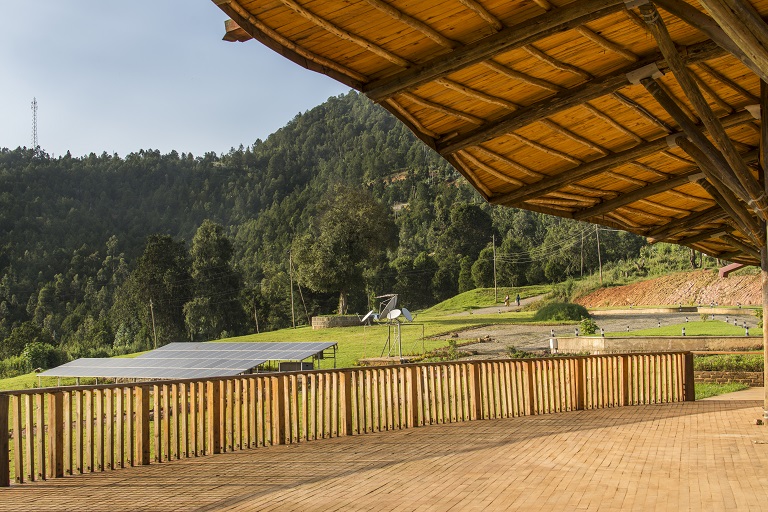
This includes the hills of Entoto which overlook metro Addis Ababa, a city of nearly 5 million souls. Entoto was once covered with indigenous junipers (Juniperus) and Hagenia (Hagenia abbyssinica) decades ago with recent ongoing efforts trying to preserve the ecology with the controversial eucalyptus.
“We need to be realistic with our objectives, eucalyptus is a fast-growing tree that serves as fuel wood, meets housing needs, has medicinal value and is used as lumber export,” Nigusie said, adding that with Ethiopia’s rising population there’s need for an efficient and ready to use solutions to meet the increasing demand for land while still preserving indigenous trees.
However, he admits that trees like eucalyptus need to be researched thoroughly and carefully managed lest its toxic effects outweigh its benefits.

Eucalyptus use in Ethiopia has been controversial because the trees exploit the soil and water while stunting the surface growth of other trees.
Such is the dominance of eucalyptus in Addis Ababa and generally in Ethiopia that the botanic garden had to remove about 100 hectares of its own land and replace with various indigenous trees.
GBG is also involved in afforestation projects in Addis Ababa with plans for 2017 to select indigenous plants to plant along roads to serve as ornamental purpose as well as green cover for a city that’s fast becoming a concrete jungle.
GBG invisible to the public
While GBG has been used by foreign diplomats for bike races and by athletes for jogging, by couples celebrating their wedding ceremony, and children to celebrating their birthdays, knowledge of its existence outside Addis Ababa is quite low.
The garden reportedly has plans to advertise its activities by television and radio.
“In the future we want to take the garden to the community instead of vice versa, helping botanic gardens beginning from the smallest locality,” Belay said. He added that already in the capital it’s trying to establish three other gardens with involvement from community schools.
GBG also plans to publicize its work outside of Ethiopia, including collaboration with similar institutions in neighboring countries preserving plants that it shares with Ethiopia as well as endemic plant species of the neighboring nations.
“At this moment our major objective is conservation, research, education and eco-tourism activity. But in the future we plan to facilitate work with multinational firms in regards to plants that can be used as food items or have medicinal value” Belay said.
GBG even has a vision 2028 master plan in which it foresees itself being on par with other internationally-renowned botanic gardens that were established several hundred years ago.
For Asaye, he believes that the garden has the potential to attract international students and tourists like those he has seen in the United Kingdom and South Africa, and to become a center where plant species samples can be found from across the globe.
Banner image: Gullele Botanic Garden. Photo by Asaye Nigusie.
Elias Gebrelsellasie is a freelance journalist based in Addis Ababa, Ethiopia. You can find him on Twitter at @EliasGebre.
FEEDBACK: Use this form to send a message to the author of this post. If you want to post a public comment, you can do that at the bottom of the page.







